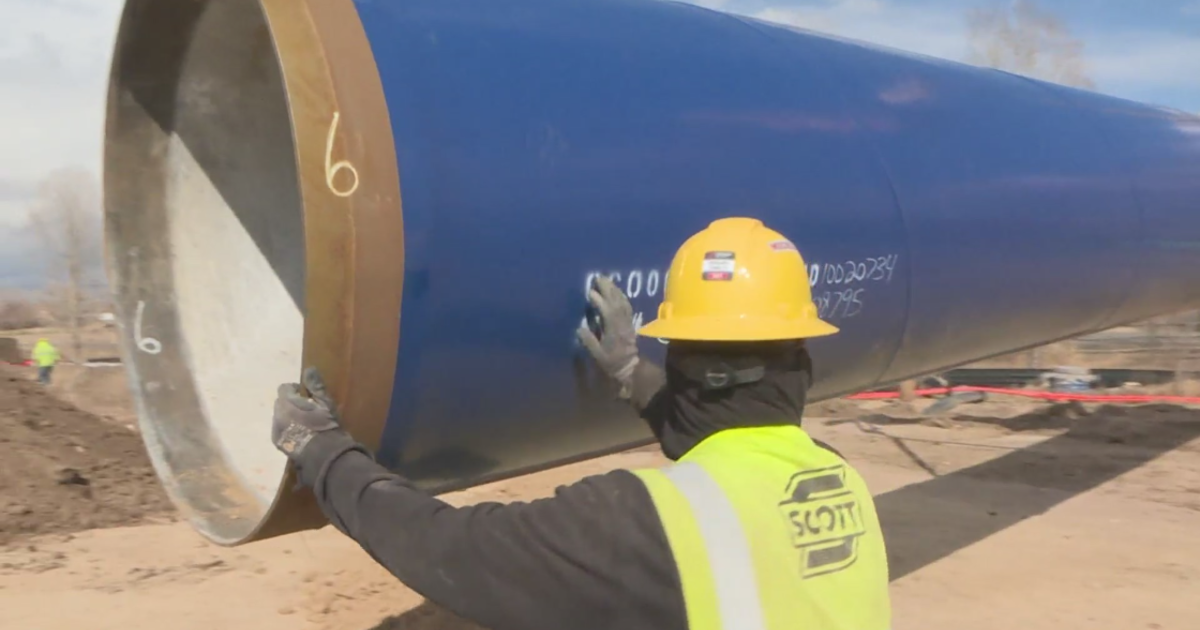Longmont's Digitalglobe Gets Final Tests On Satellite
BOULDER, Colo. (AP) — Commercial satellite company DigitalGlobe's new, higher-resolution imaging satellite is undergoing final tests ahead of its projected August launch date, officials said Tuesday.
DigitalGlobe and builder Ball Aerospace Corp. showed off WorldView-3 at Ball's Boulder facility. The initial launch window is Aug. 13-14 aboard an Atlas 5 rocket at Vandenberg Air Force Base, California.
From its planned orbit of about 383 miles, the satellite will be capable of capturing images of objects as small as 1 foot across, although government security regulations prevent the company from selling images with resolution finer than about 20 inches.
DigitalGlobe officials are hoping for federal approval to sell higher-resolution images, said Walter Scott, founder and chief technical officer of the Longmont-based company.
The best resolution the company's current satellites offer is about 16 inches, Scott said. DigitalGlobe currently has five satellites in orbit.
DigitalGlobe provides images for government and private customers, including national security and defense agencies, NASA, the National Oceanographic and Atmospheric Administration and civil emergency responders.
High-resolution satellites put long-standing privacy issues in a new light, said Michael Simpson, executive director of the Colorado-based Secure World Foundation, which studies peaceful uses of space.
Airplanes have long been able to take high-quality images, but satellites can do so largely undetected, he said.
"This imaging is taking place from hundreds of miles in the air. You have no clue that you are being imaged," he said.
DigitalGlobe's images have helped in the responses to wildfires, floods and tornados. In March, it invited the public to examine some of its images for signs of the missing Malaysian airliner.
DigitalGlobe's commercial clients include mining, oil and gas, utility, agriculture and insurance companies.
In addition to improved resolution, WorldView-3's advancements include a shortwave infrared sensor to penetrate smoke to help wildfire managers, guidance systems that allow it to re-aim its sensors more quickly and the ability to correct for atmospheric distortions.
The 18-foot-long, 8-foot wide satellite has a design life of 7 years and 3 months, said Jeff Dierks, WorldView-3 project manager for Ball Aerospace. Dierks said experience shows most satellites last about twice as long as their design life.
The entire project, including ground systems, cost about $500 million, said Jeff Tarr, DigitalGlobe's president and CEO. He declined to give a more precise estimate.
(© Copyright 2014 The Associated Press. All Rights Reserved. This material may not be published, broadcast, rewritten or redistributed.)
More DigitalGlobe Stories



